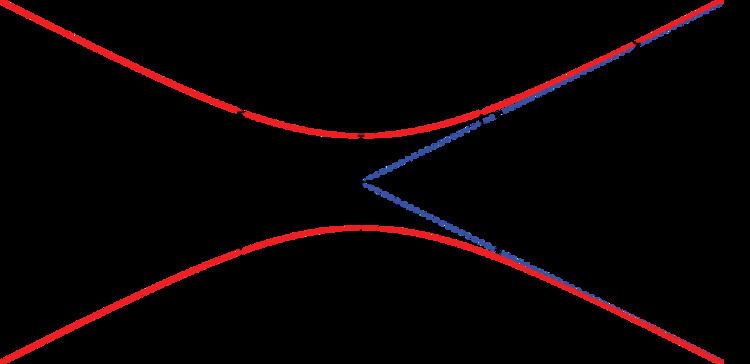 | ||
In optics and especially laser science, the Rayleigh length or Rayleigh range is the distance along the propagation direction of a beam from the waist to the place where the area of the cross section is doubled. A related parameter is the confocal parameter, b, which is twice the Rayleigh length. The Rayleigh length is particularly important when beams are modeled as Gaussian beams.
Contents
Explanation
For a Gaussian beam propagating in free space along the
where
The radius of the beam at a distance
The minimum value of
Related quantities
The total angular spread of a Gaussian beam in radians is related to the Rayleigh length by
The diameter of the beam at its waist (focus spot size) is given by
These equations are valid within the limits of the paraxial approximation. For beams with much larger divergence the Gaussian beam model is no longer accurate and a physical optics analysis is required.
